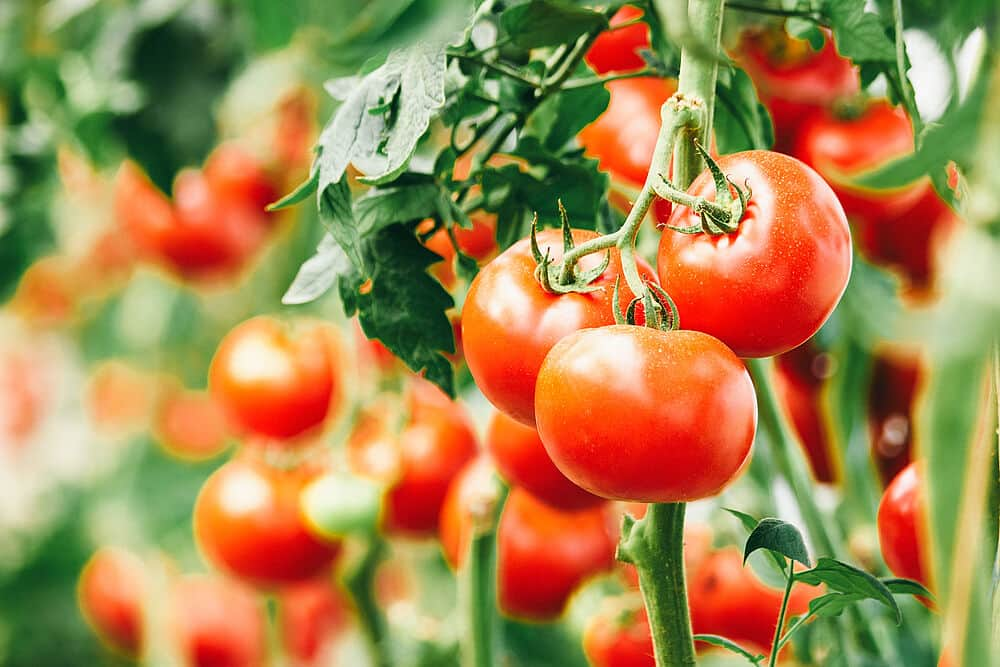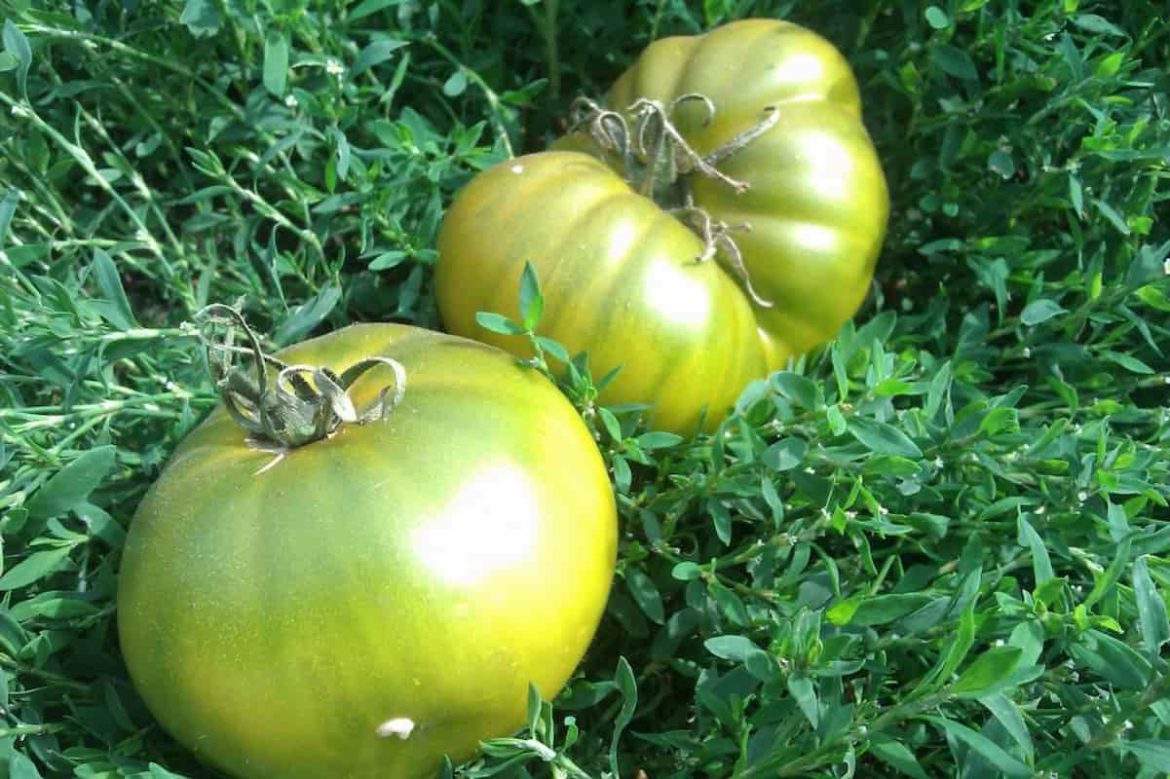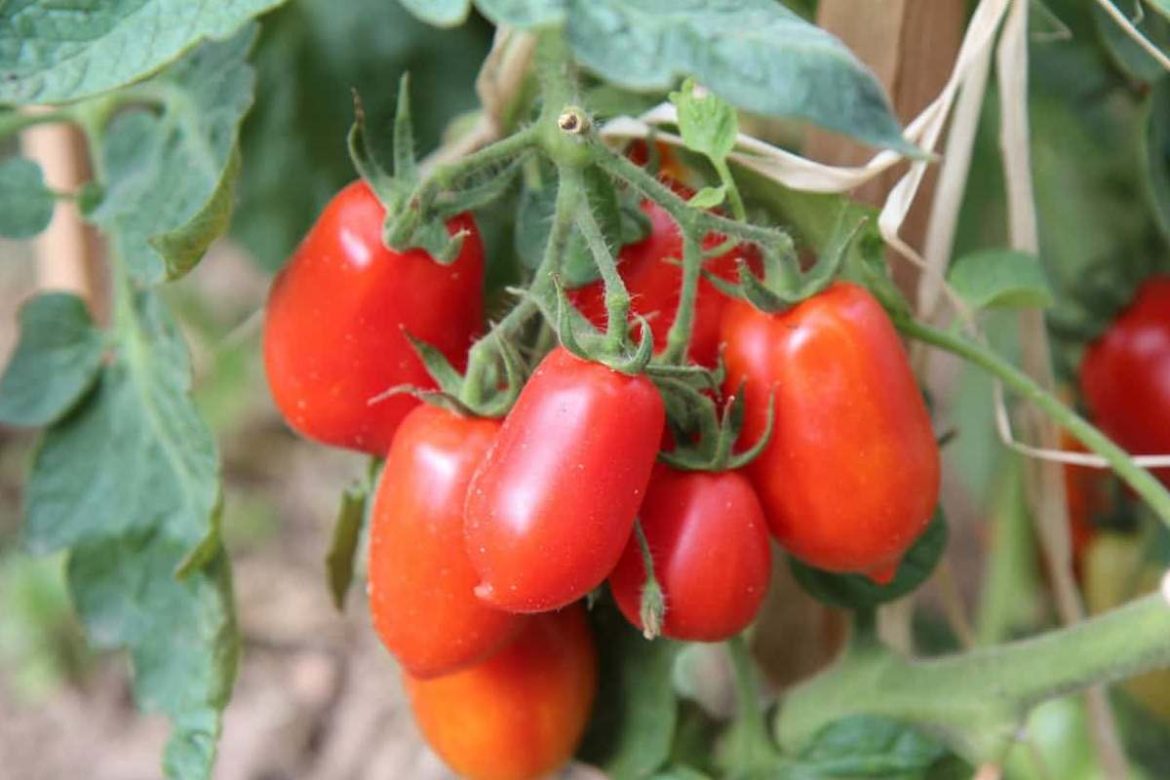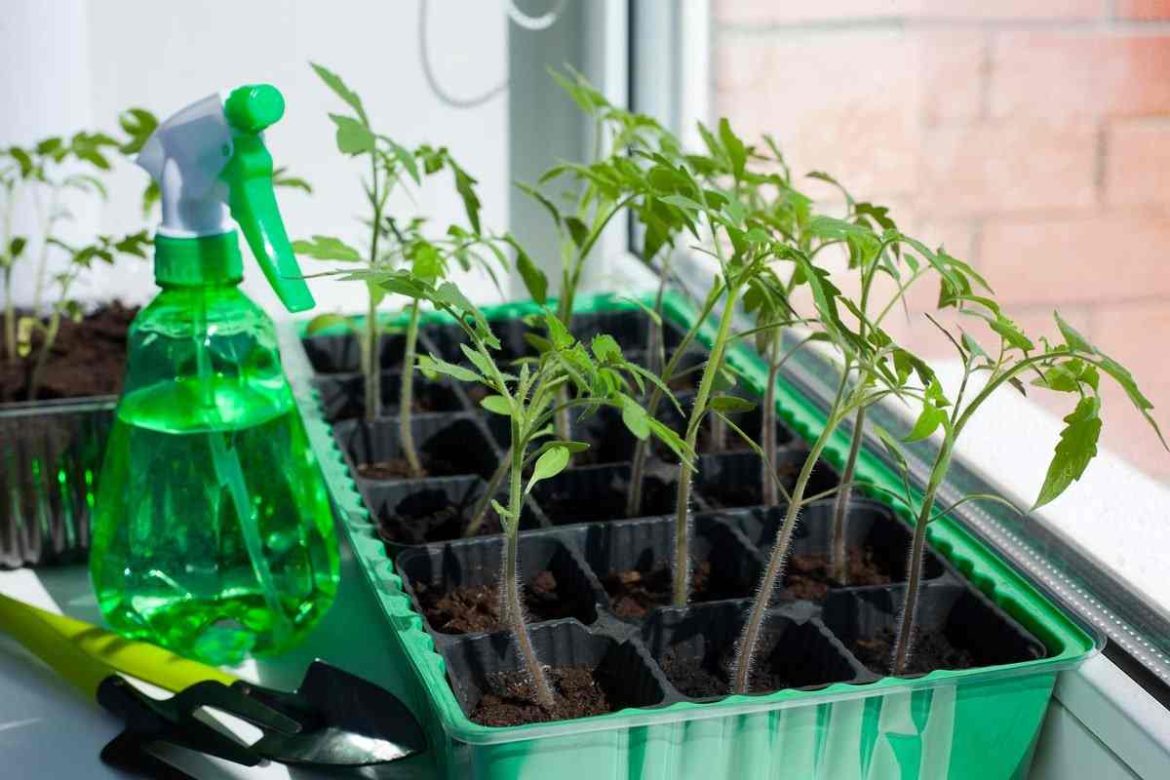can you grow tomatoes indoors in cold seasons?
One of the most significant benefits of planting tomatoes indoors is that you can even grow them in cold seasons as well
Planting seeds is the first step in growing tomatoes in an apartment
The end of winter and the beginning of spring is when most farmers begin starting their seeds indoors
It doesn’t matter what time of year it is outside, you can start seeds whenever you want inside
They should be started about one to two months before being transplanted into the actual grow room for output
This guideline suggests two different transplants: one from the seedling tray to the 4″ pots at the two-week mark, and another at the three-week mark, when the seedlings are ready to be moved to their permanent containers

Seed starting trays include a shallow inner tray (usually 2 to 3 inches) with slits and drainage holes at the bottom, and available in a variety of sizes
A larger tray underneath it to catch water is recommended
To begin, fill the trays halfway with soil mix, stopping 1/2 inch short of the top of the tray
Allow the soil to soak up no more than 1″ of water in the outside tray
Compared to watering from above, this method helps maintain a healthier soil structure with more available oxygen
For best results, wait around 30 minutes for the moisture to absorb before draining the lower tray of any excess water
Next, fill the remaining space in the tray with soil and space single seeds out on the top by 3 inches
Now, lightly sprinkle the dirt on the tray’s surface to rehydrate it
Don’t let water sit on the earth’s surface or use too much pressure when watering, because the soil could be displaced
You should now maintain a humid environment with a temperature of about 70°F75°F in your tray
You can cover the tray with plastic if you’re having trouble keeping things moist
After a week, you should observe germination begin, at which point you can move the seeds directly under your grow light for 16 hours a day
Your plants will produce their third set of leaves in two to four weeks, at which point they can be transplanted
Put the soil into the pots, making sure to leave at least a quarter of an inch from the top
Put the planters on a drainage plate and fill it with an inch of water
Let it sit there for 30 to 60 minutes so the water may be absorbed
You should add more soil to the tray if the top layer still appears dry, and then wait
When the surface is damp, you can pour off the surplus water from the tray
Dig a shallow hole, no more than 2 inches deep, in the ground
Once your container is prepped, carefully remove the seedling from the tray by digging around the base of the plant with a spoon
Bury the seedlings up to their bottom pair of leaves, making sure to get all of the roots in the soil
Leave the plants in their new containers under the grow light for three to five weeks, or until they reach a height of 10 to 12 inches

Depending on the conditions, gentle watering may be required once every two days
The soil should be kept damp, but not soggy
Ensure that any dishes or trays used to collect water are properly emptied
Your plants can be transferred to their permanent containers once they reach a height of around a foot
For successful transplants, ensure the soil is wet and the root structure is properly formed
Moisten the soil and fill the containers to within an inch of the top
Plant your seedling in a hole you’ve dug that’s just a little bit bigger than the pot
Again, the bottom two leaves can be buried for added stability
One foot away from your plant, bury a strong wooden stake (11″ is acceptable, it just needs to be 6 feet long)
Even if your plant doesn’t look like it needs a stake right now, it probably will soon, and staking it out now will prevent any damage to the roots in the future
If your plant is leggy to begin with, you can give it some extra support by tying it gently to this post with trellising rope
A once-daily watering schedule may be necessary in dry conditions, whereas every other day may be sufficient in wet regions
Maintain a consistent soil moisture level without allowing it to become soggy
Tomatoes often thrive with deep, infrequent waterings
Supporting, Trimming, and Directing Especially if you’re growing indeterminately, at some point you’ll need to provide some sort of support for your plants
Growers that are doggedly persistent won’t need anything fancier than a single center stake and a prefabricated tomato cage
However, indeterminate vine-type tomatoes need vertical space and frequently require staking due to their huge harvests
Simply use u-nails to secure three to four feet of metal fencing to your central stake for a quick and cheap structure
Horizontal bracing may be necessary, depending on the quality of the fencing at your disposal
If you’re growing a lot of plants, you can use the fencing to link the central posts together
Wire (string could work for some small fruit species) can be strung horizontally over your central stakes as an option

Provisioning with H2O, Fertilizer, and Food We’ve established that deep, infrequent watering is ideal for your plants
If you let your pot dry out a little, the roots will grow deeper into the soil, making your plants healthier and giving them better access to nutrients
If you live in an area where the tap water has been treated or is contaminated, collecting rainwater to use for indoor gardening in your flat is a must
Some people will suggest utilizing a moisture detector, but you can do it just as easily by feel
To check if the soil is still moist, simply insert your finger 2 to 4 inches deep, away from the plant’s base, taking care not to disturb the primary roots
If it’s dry, provide roughly 10-20% of your container’s volume worth of water to your plant (5-gallon container would indicate 0
5-1 gallon of water)
Be sure to use a watering can that evenly distributes water at a low pressure
You can lessen the water pressure and flow rate of your hose by purchasing a spray gun or nozzle
If your plant starts blooming, it’s time to give it some extra nutrients
The high concentration of vitamins in kelp makes it an excellent choice for boosting production
It is most effective diluted into water and given during your routine watering
Add kelp to the water at the rate of about 1/4 cup per gallon every two to four weeks
Do as the manufacturer of the product specifies
Tomatoes grown in optimal conditions shouldn’t have many problems with pests
While pest infestations of varying severity are to be expected in each tomato crop, a full-scale invasion will occur only when environmental conditions are unfavorable for plant growth
If there isn’t enough oxygen in the air, if it’s too hot or cold, if there aren’t enough nutrients, etc
When this occurs, a number of different approaches can be taken to remedy the situation
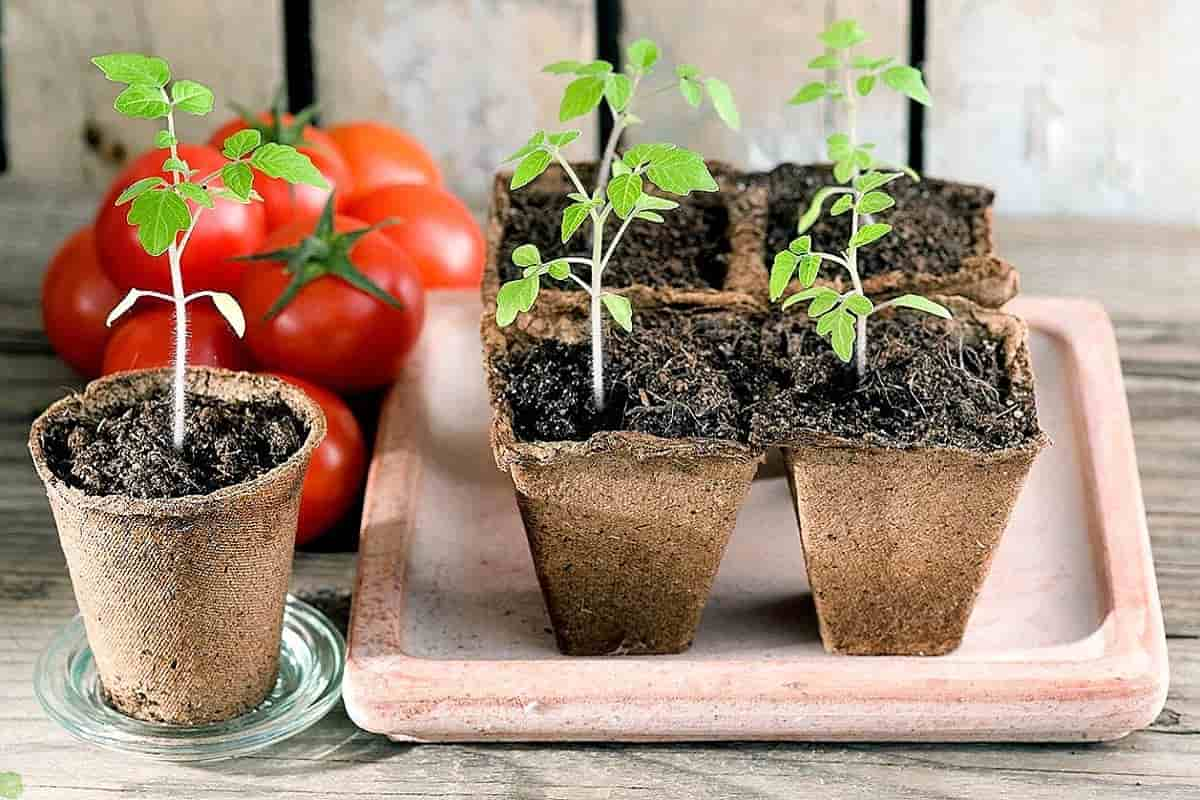
After a long and arduous season of work, it is finally time to reap the rewards of your labors
Green tomatoes are immature fruit that will turn red as they ripen
This slight color shift is the tomato’s first indicator that it is about to ripen
Tomatoes can be ripened off the vine, but those that have been on the vine for an extended period of time develop more sugar and flavor
There are a few scenarios in which picking green tomatoes would be desirable
Producing in bulk not only makes harvesting easier on the workers, but also yields a more manageable and portable end product

